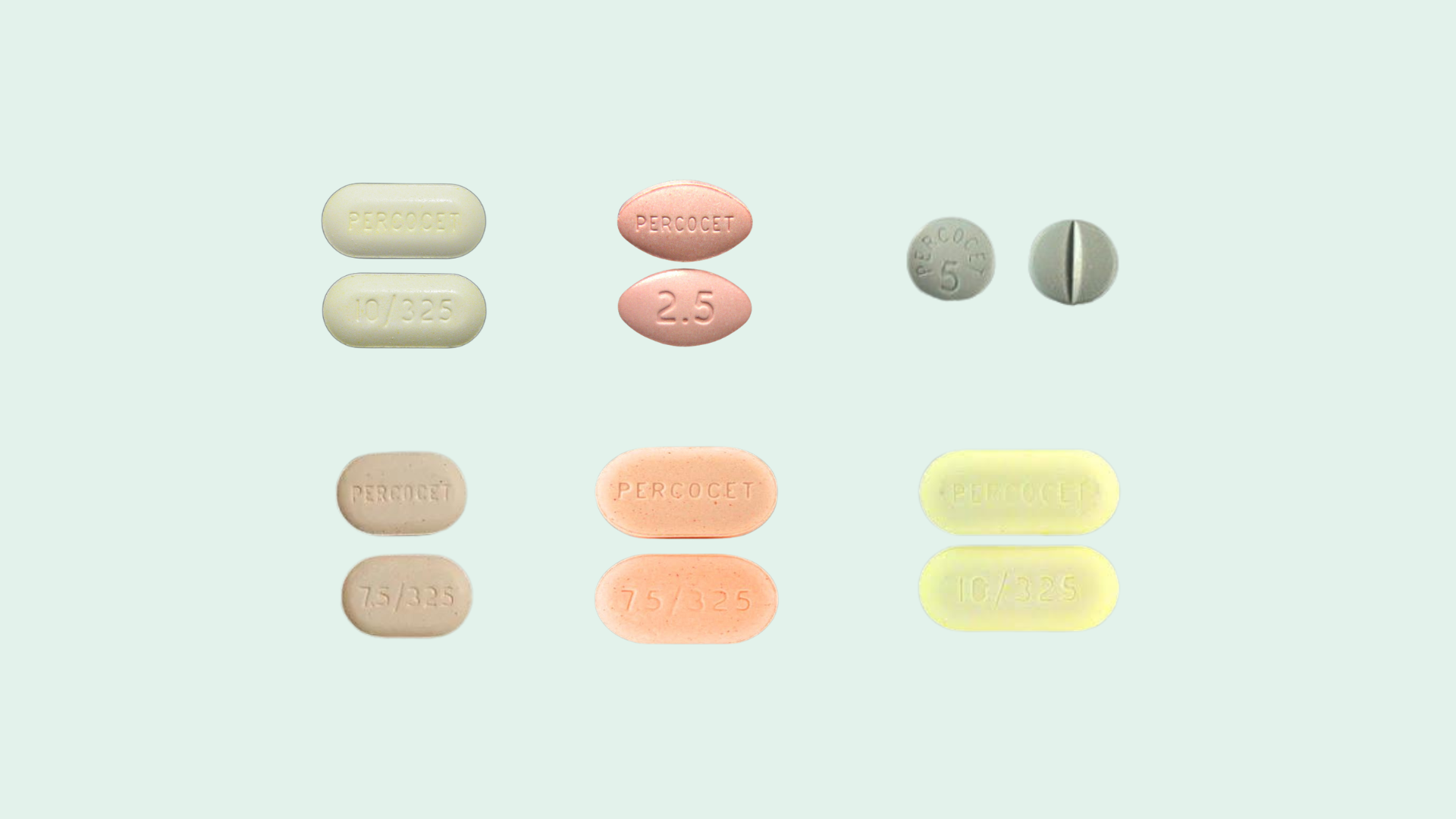The Stages of Percocet Addiction Treatment
Percocet addiction, also known as opioid use disorder (OUD), is a chronic condition characterized by compulsive drug-seeking behavior and the inability to control or stop the use of Percocet despite negative consequences. When taken, Percocet binds to opioid receptors in the brain, reducing pain and inducing feelings of relaxation and euphoria. However, prolonged use or misuse of Percocet can lead to physical and psychological dependence, making it difficult to quit without professional assistance.
The Stages of Percocet Addiction Treatment
Percocet addiction treatment typically involves a comprehensive approach that addresses the physical, psychological, and social aspects of addiction. The treatment process can be divided into several stages, each with its own goals and interventions.Assessment and Evaluation
The first stage of Percocet addiction treatment involves a thorough assessment and evaluation of the individual’s condition. This includes a comprehensive medical and psychiatric evaluation to determine the extent of addiction, identify any co-occurring mental health disorders, and assess the individual’s overall physical health. This information helps create a personalized treatment plan tailored to one’s specific needs.Medical Detoxification
For individuals with a severe Percocet addiction, medical detoxification may be necessary to safely manage withdrawal symptoms. Detoxification is the process of removing the drug from the body while minimizing the discomfort of withdrawal. Medical professionals closely monitor the individual’s vital signs and provide medications to alleviate withdrawal symptoms and ensure a safe and comfortable detoxification process.Inpatient or Residential Treatment
Following detoxification, individuals may transition to an inpatient or residential treatment program. These programs provide a structured and supportive environment where individuals can focus on their recovery without the distractions and triggers of everyday life. Inpatient treatment typically includes individual and group therapy, educational sessions, holistic therapies, and relapse prevention strategies.Outpatient Treatment
After completing inpatient or residential treatment, individuals may transition to outpatient treatment. Outpatient programs provide more flexibility, allowing individuals to live at home while attending therapy and counseling sessions on a part-time basis. Outpatient treatment helps individuals reintegrate into their daily lives while still receiving the support and guidance needed to maintain sobriety.Continued Care and Aftercare
Continued care and aftercare are crucial components of Percocet addiction treatment. This stage focuses on ongoing support and relapse prevention strategies to help individuals maintain their sobriety long-term. Continued care may include regular therapy sessions, participation in support groups such as Narcotics Anonymous, and access to community resources that promote a healthy and drug-free lifestyle.What to Expect during Percocet Addiction Treatment
Percocet addiction treatment programs vary in duration and intensity depending on the individual’s needs and the severity of the addiction. While specific treatment approaches may differ, there are common elements and interventions that individuals can expect during their journey to recovery:- Individual therapy. Individual therapy, such as cognitive behavioral therapy (CBT), is a cornerstone of Percocet addiction treatment. During individual therapy sessions, individuals work one-on-one with a therapist to explore the underlying causes of their addiction, develop coping strategies, and learn healthier ways to manage pain and stress.
- Group therapy. Group therapy provides a supportive and non-judgmental environment where individuals can share their experiences, learn from others, and receive feedback and encouragement. Group therapy sessions may focus on topics such as relapse prevention, communication skills, and building a support network.
- Medication-assisted treatment (MAT). For individuals with severe Percocet addiction, medication-assisted treatment (MAT) may be recommended. MAT combines medication, such as buprenorphine or methadone, with counseling and behavioral therapies to help individuals reduce cravings and manage withdrawal symptoms.
- Holistic therapies. In addition to traditional therapies, many Percocet addiction treatment programs incorporate holistic therapies to address the whole person—mind, body, and spirit. These therapies may include yoga, meditation, art therapy, mindfulness practices, and exercise programs, all aimed at promoting overall wellbeing and enhancing the recovery process.
- Education and skill-building. Education about addiction, relapse prevention, and healthy coping mechanisms is an essential component of Percocet addiction treatment. Individuals learn about the effects of Percocet on the body and mind, as well as strategies to prevent relapse and manage triggers and cravings. Skill-building sessions focus on developing life skills, improving communication, and setting healthy boundaries.

